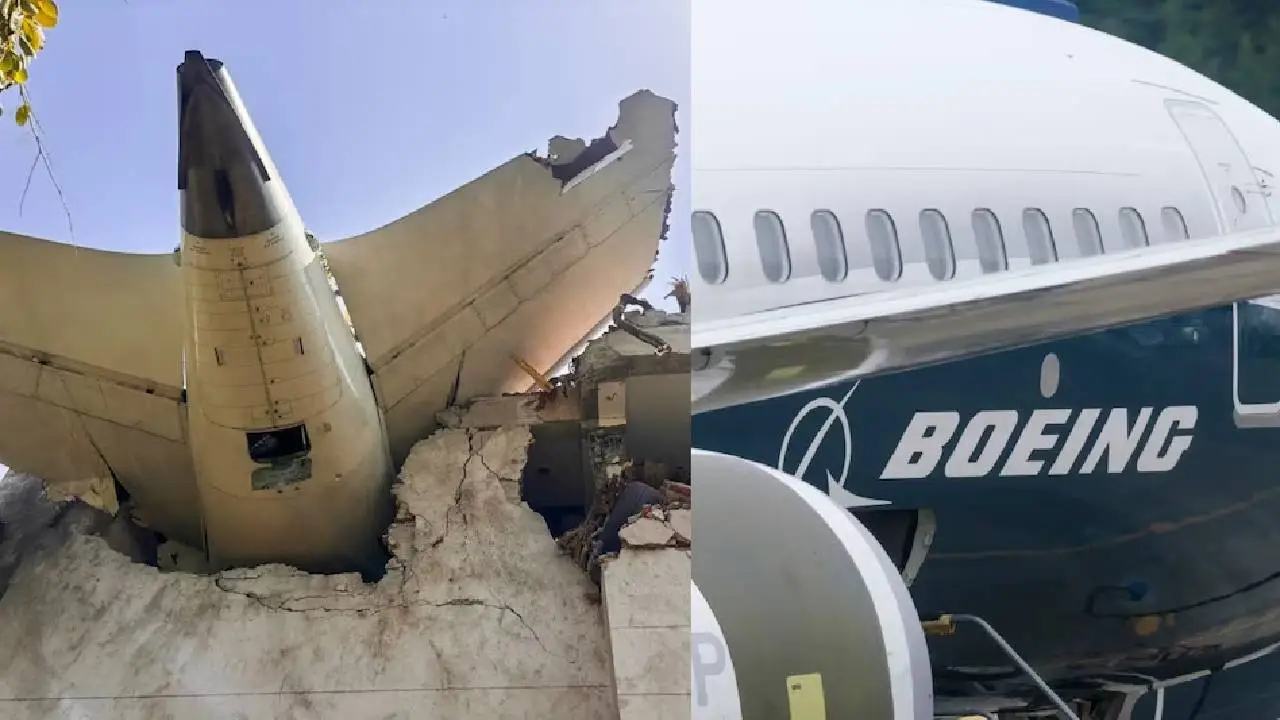
6,000 Crashes, 9,000 Deaths
National News: The Air India Dreamliner that crashed in Ahmedabad was not just an isolated incident. It was a chilling reminder of Boeing's troubled history. Over the years, multiple Boeing aircraft—especially the 737 MAX—have been involved in devastating accidents. Each time, promises were made. Fixes were announced. But passengers kept dying. In the latest crash, which took 242 lives including 20 medical students, the aircraft fell just five minutes after takeoff. The impact zone—a residential college hostel—turned into a scene of unspeakable horror. Investigators immediately began probing technical faults, and the black box is expected to play a key role. But aviation safety analysts say deeper, structural questions must be asked of Boeing.
Boeing’s legacy includes major disasters like the Ethiopian Airlines Flight 302 and Lion Air Flight 610—both involving the 737 MAX. Despite billions spent on damage control and technical revisions, these incidents have stained the brand’s reputation. In many cases, internal documents later revealed warnings that were ignored. Profits were prioritized over people. Even today, the company faces multiple lawsuits, whistleblower revelations, and international regulatory heat. Some engineers have gone public, claiming that safety systems were compromised to meet delivery timelines. In the Ahmedabad case, early reports hint at electrical failures, though nothing is confirmed yet.
Critics point to Boeing’s aggressive cost-cutting, reliance on outdated software, and overconfidence in automated systems as major reasons behind recurring issues. After merging with McDonnell Douglas, many believe the company shifted from engineering excellence to Wall Street appeasement. Safety reports were buried. Warnings were softened. Flight crews and maintenance teams have also complained of inadequate training for newer Boeing models. Manuals are often complex, requiring near-instantaneous decisions in emergencies—something many pilots say is unrealistic. It’s not just about a machine failing. It’s about a system that enables failure.
As the world mourns yet another Boeing-linked crash, the pressure is on. Regulatory agencies are being forced to act. Airlines are re-evaluating their fleet. Boeing has issued a standard statement of “cooperation and investigation,” but public trust is fading fast. There’s growing demand for full transparency and accountability.For families who lost loved ones in the Ahmedabad crash, there will never be enough answers. But for the aviation industry, this might be the final wake-up call. Either Boeing cleans up its act—or risks being grounded forever by public outrage and governmental bans.





Copyright © 2025 Top Indian News
